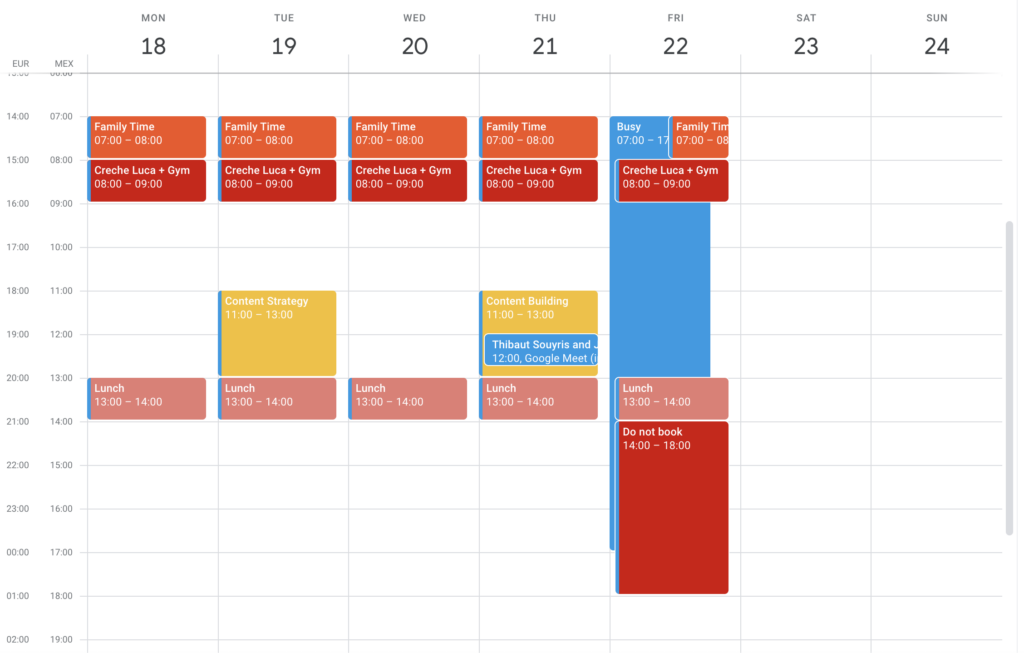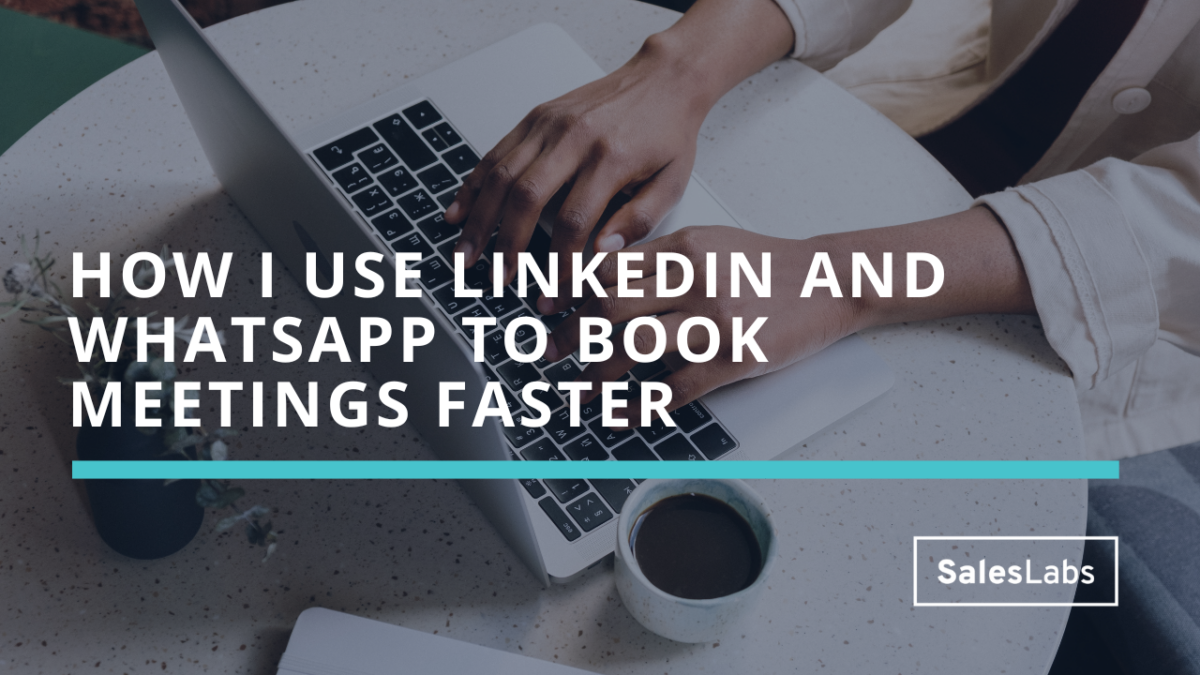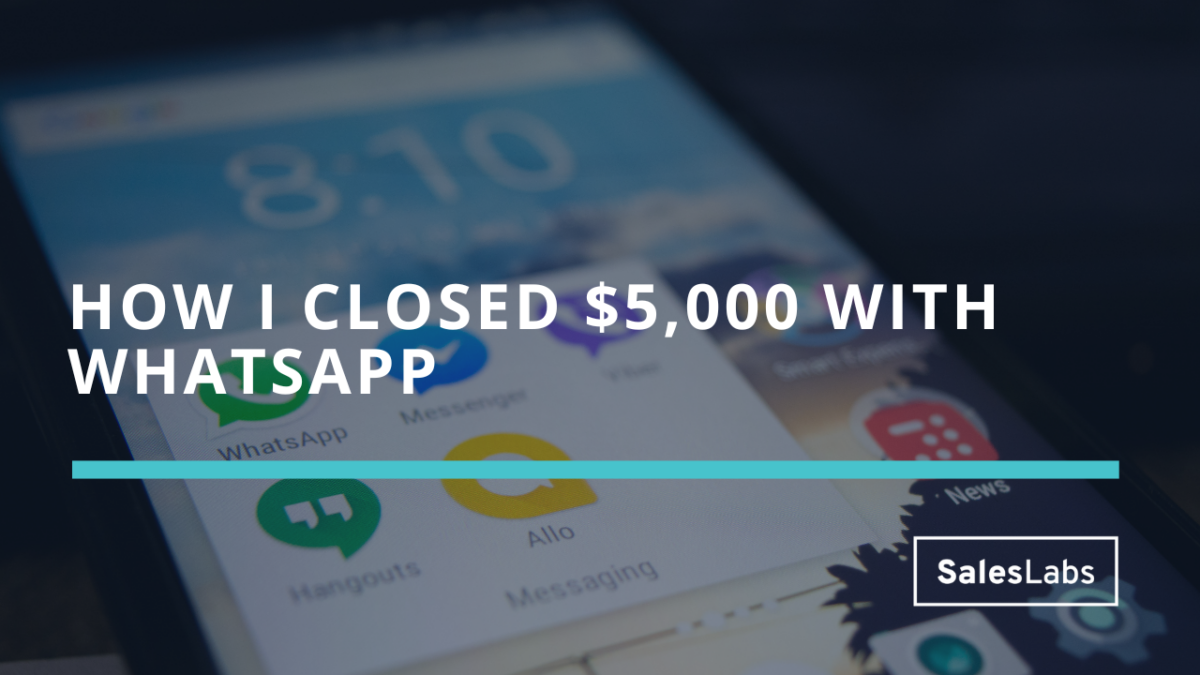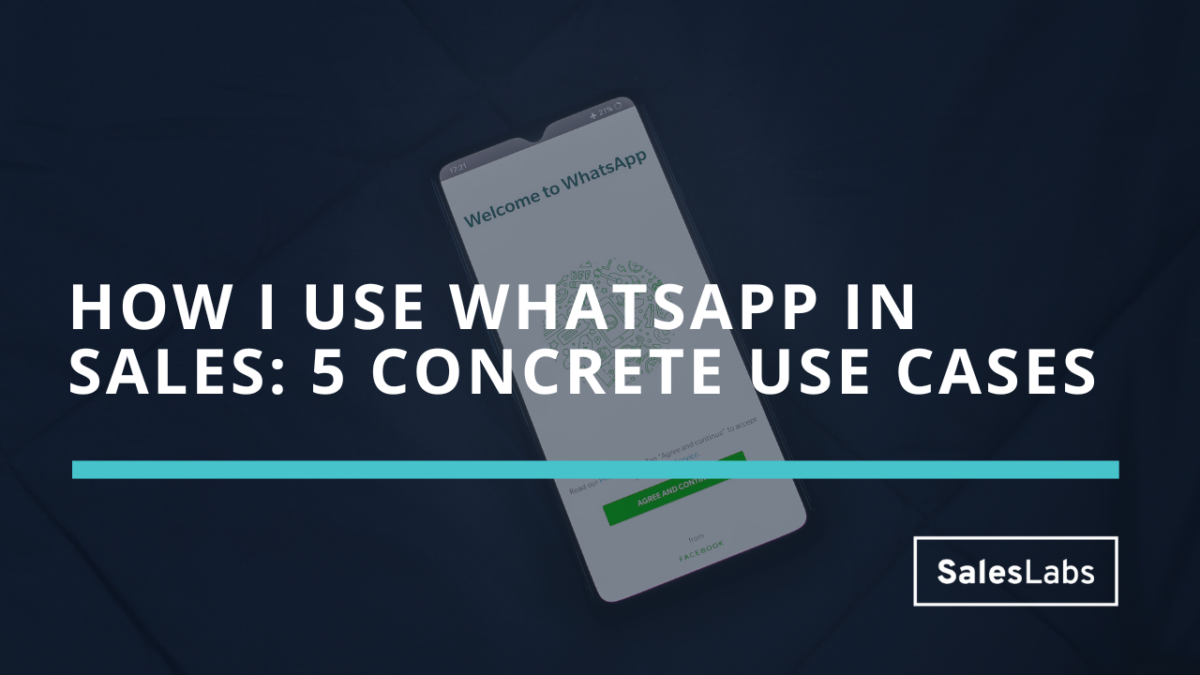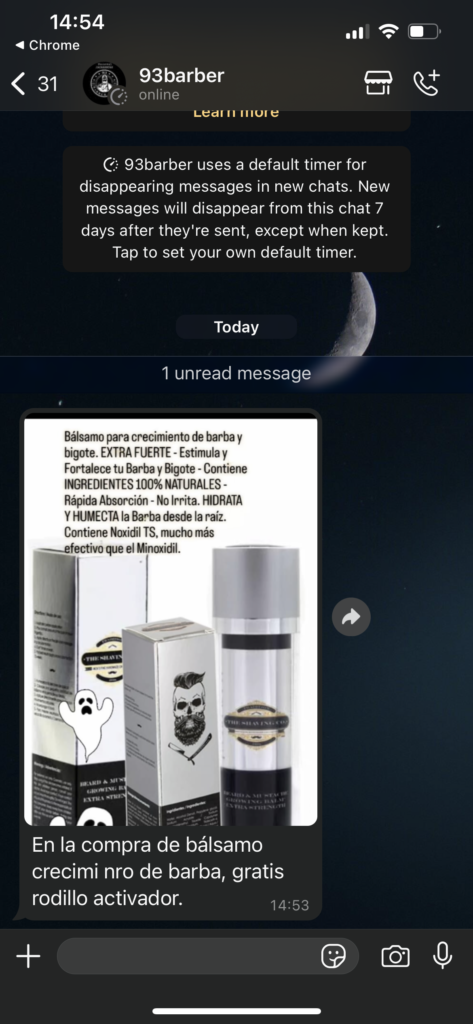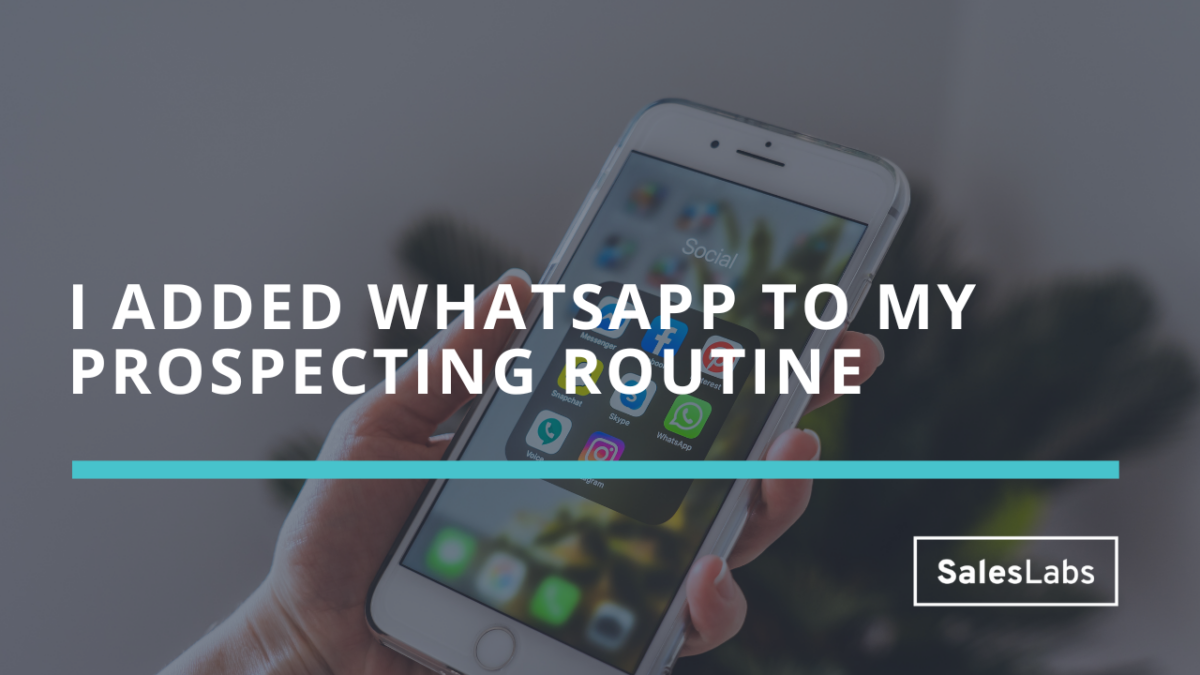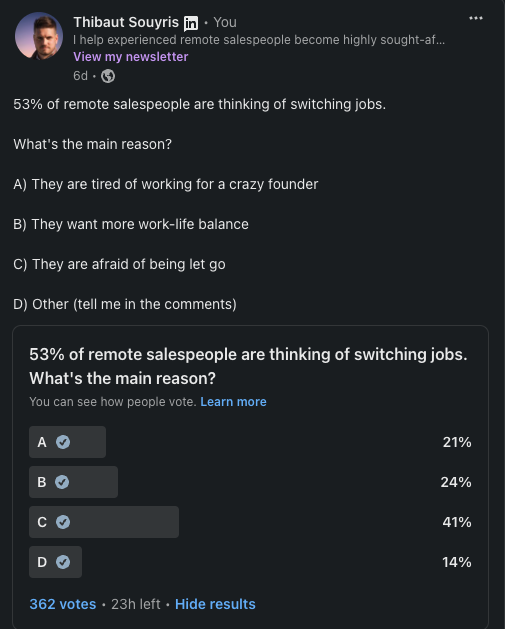How to book meetings at in-person events
In today’s newsletter, I’ll share a simple tactic you can use if you want to book meetings at in-person events. Q4 is usually jam-packed with trade shows and events. Marketing teams spend a ton of money to get a booth, yet most sales reps don’t maximize these events for pipeline.
The system I’m about to share is one that a sales rep I coach has been using successfully at Web Summit to book 8 meetings. He even managed to close two deals, while he was at the event.
Step 1: Build your profile in the event app
When you go to an event, there’s usually an app to help the attendees get to the location, understand the schedule, and communicate with other attendees. Most salespeople sleep on the opportunity to use this app to book meetings.
Instead of just using the app to plan your event, take some time to build your profile. It’s usually similar to a LinkedIn profile, with a picture, a headline, a bio, and a a few options to get in touch with you. Get all these elements right. You can apply the concepts in this free guide to help you.
Step 2: Build your list of prospects
Now that your profile is ready, you can start building a list of prospects to contact. Just like any other list, start by updating your Ideal Customer Profile. Find the types of companies you’d like to contact, and find the ATL and the BTL you’d like to start conversations with.
When this is done, you don’t have any excuse to start prospecting. You have a list of people who will be in the same room as you (even if it’s a big one), so you can get to work.
Step 3: Send a short, direct message
This is where most people who use the event app make a mistake. They craft a cookie-cutter message and they send it to everyone. They pitch their company, and ask for a meeting at the event.
Stop that immediately.
Instead, write a short, direct message. Something like: “FirstName, when can I come to see you at your booth?”.
You’d be surprised. The rep I’ve been coaching for that event was able to book 8 meetings. He did his homework, he built his profile in the app, he created a list of prospects, and he sent them this message.
As a result, he was able to get a 30%+ reply rate, he was able to start conversations, and he navigated them to book meetings.
Step 4: Meet at the event
I’ve been to a few trade shows myself, and I wasn’t prepared as I should be. I was wandering around, looking for people to approach, without meetings lined up. I ended up collecting a few business cards here and there, with almost no opportunities generated.
That was back when I was starting my career as a sales rep. Luckily, my coaching customer didn’t do the same.
With all the meetings lined up, he showed up to booths at Web Summit, had a ton of conversations, and he was even able to close two deals, while being at the event.
He didn’t approach people to pitch his product, instead he tried to understand their plans for the rest of the year and for 2025. Conversations flowed naturally, he was able to find problems, quantify them, and craft a solution with his customers.
And this is how you can book meetings at in-person events. Use the event app, build lead lists, send them a short, direct message, and have natural conversations with them at the event. This will help you maximize the opportunities from events, so try it next time you’re at one.
Hope this helps.
Cheers,
Thibaut Souyris
P.S. If you’re interested in getting coached individually like my customer, I’m opening a few coaching slots. Right now, I’m working on a weekly 1:1 coaching, unlimited WhatsApp async conversations, and custom projects when necessary. I charge €600 per month or €1.500 for 3 months, cancel any time. If that’s interesting to you, you can book a quick chat so we can see if we’re a fit.
P.S. When you’re ready, here are 3 ways I can help you:
Subscribe to the Newsletter
Get my free, 4 min weekly newsletter. Used by 5.900+ salespeople to book more meetings and work when, where, and how they want.
Subscribe to the Newsletter
Get my free, 4 min weekly newsletter. Used by 5.900+ salespeople to book more meetings and work when, where, and how they want.


